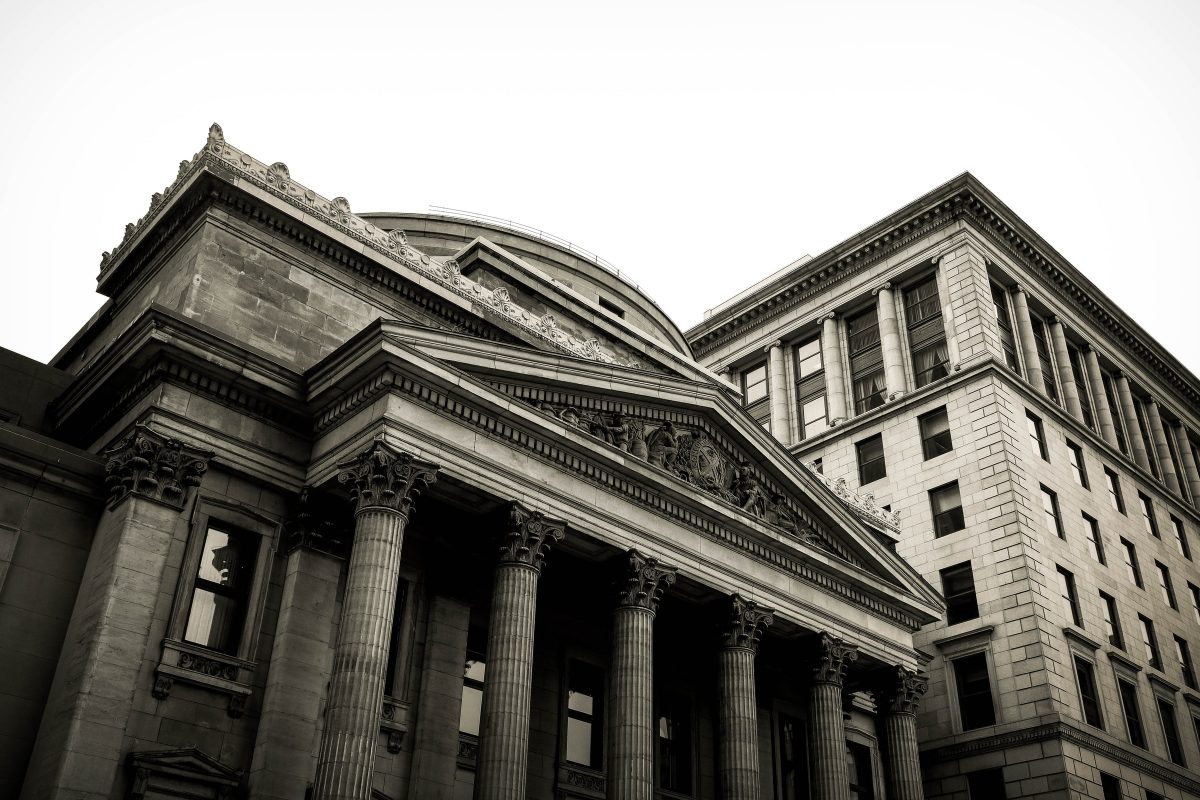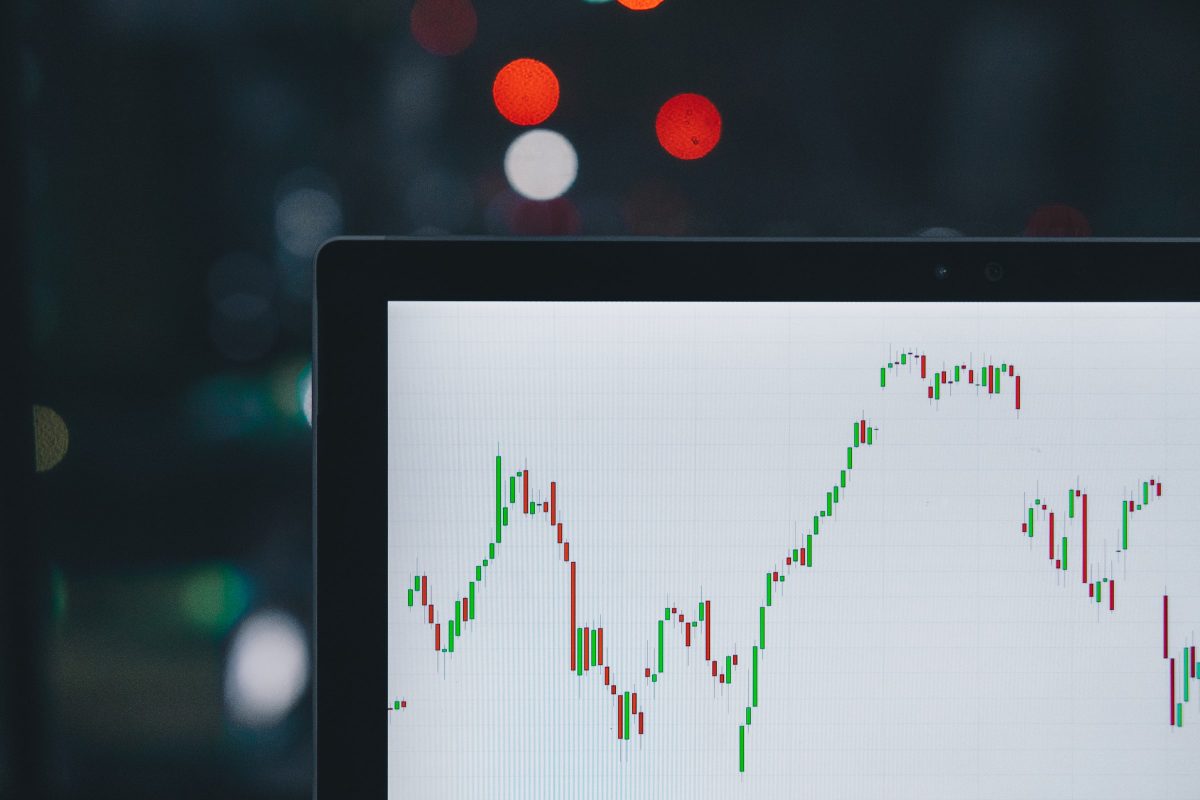The European Union is bracing itself for a “recession of historic proportions” this year, with the coronavirus pandemic expected to cause a 7.4 per cent drop in economic output.
“Europe is experiencing an economic shock without precedent since the Great Depression,” the EU’s economy chief Paolo Gentiloni said on Wednesday.
He warned the sharp downturn poses a threat to the EU’s single currency and the single market.
“The situation is not only that we are in a deep recession, yes we are, but the situation is that this deep recession risks to cause different conditions and have different consequences in different member states,” Gentiloni told Euronews.
The 19-nation Eurozone will see a record decline of 7.7 per cent this year, according to the Commission’s Spring economic forecast.
Greece, Italy, Spain and Croatia are all set to see their economies shrink by more than 9 per cent in 2020. These are heavily reliant on tourism, a sector which has been pummelled by weeks of nationwide lockdowns and travel restrictions.
Even Europe’s economic powerhouse Germany is set to see its GDP contract by 6.5 per cent.
The spread of coronavirus is slowing down in most member states, which are now gradually reopening their economies. But the damage is done.
The pandemic has hurt consumer spending, industrial output, investment, international trade, capital flows and supply chains. It has also thrown millions of people out of their jobs.
The unemployment rate across the 27-nation EU is forecast to rise from 6.7 per cent in 2019 to 9 per cent in 2020 but then fall to around 8 per cent in 2021, according to the Commission.
It cautions, however, that its outlook is highly uncertain – and things could be even worse than it’s projecting right now.
“At this stage, we can only tentatively map out the scale and gravity of the coronavirus shock to our economies,” said EU Commission Vice-President Valdis Dombrovskis.
When will it get better?
The Commission forecasts the bloc will rebound next year with economic growth of 6.1 per cent, but it won’t be quite out of the woods then.
“The EU economy is not expected to have fully made up for this year’s losses by the end of 2021. Investment will remain subdued and the labour market will not have completely recovered,” the Commission said in its statement.
It warned the pandemic could leave “permanent scars” through bankruptcies and long-term damage to the labour market.
“Young people entering the workforce at this time will also find it harder to secure their first job,” it said.
Road to recovery: V-shape or Nike swoosh?
The tourism reliant economies in Europe’s south are predicted to have a proportionately higher bounce back in 2021.
But economists are warning that with lockdowns in Europe being lifted at varying levels and paces, a straightforward recession followed by recovery – a V shape – might not be realistic.
“It’s likely that as we open up, we’re going to get a spike in new cases and then we might have to lock down again until the new cases fall, and then we might open back up and lock down,” said Megan Greene, an economist at Harvard Kennedy School.
“So we might have this kind of intermittent social distancing and isolation, in which case you won’t get a V-shaped recovery; it’ll be more of a kind of Nike swoosh with a kind of zig-zag on the back end. On top of that, even if governments open up, individuals don’t necessarily feel comfortable about going out.”
More than 1.1 million people have contracted COVID-19 across Europe and over 137,000 have died, according to the European Centre for Disease Prevention and Control. But testing for the virus remains limited, meaning the true scale of the pandemic could be much bigger.
The EU has already agreed a €540-billion economic package to tackle the immediate fallout from the pandemic. Member states are currently battling over the structure of a longer-term fund which could potentially add up to €1.5 trillion to the recovery effort.




